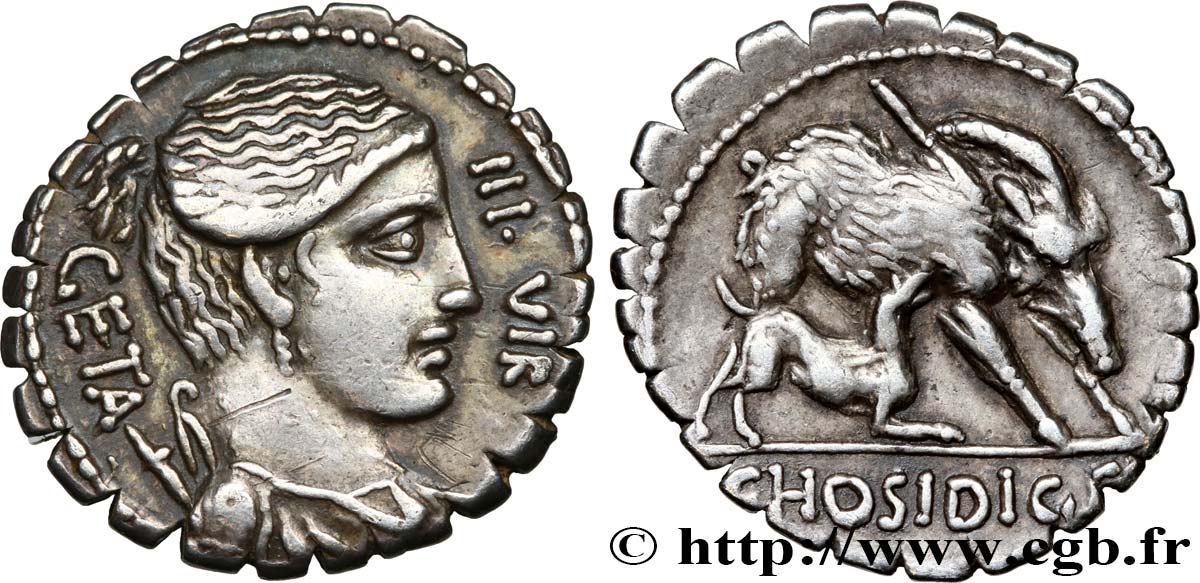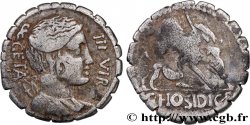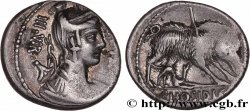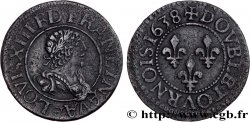Live auction - brm_469270 - HOSIDIA Denier serratus
You must signin and be an approved bidder to bid, LOGIN TO BID. Accounts are subject to approval and the approval process takes place within 48 hours. Do not wait until the day a sale closes to register. Clicking on "BID" constitutes acceptance of the terms of use of cgb.fr private live auctions.
Bids must be placed in whole Euro amounts only. The sale will start closing at the time stated on the item description; any bids received at the site after the closing time will not be executed. Transmission times may vary and bids could be rejected if you wait until the last second. For further information check the Live auction FAQ
All winning bids are subject to a 18% buyer’s fee.
All winning bids are subject to a 18% buyer’s fee.
| Estimate : | 380 € |
| Price : | 290 € |
| Maximum bid : | 340 € |
| End of the sale : | 06 March 2018 15:17:47 |
| bidders : | 4 bidders |
Type : Denier serratus
Date: 68 AC.
Mint name / Town : Roma
Metal : silver
Millesimal fineness : 950 ‰
Diameter : 19 mm
Orientation dies : 6 h.
Weight : 3,80 g.
Rarity : R2
Coments on the condition:
Exemplaire sur un flan ovale bien centré des deux côtés avec les grènetis visibles. Beau portrait de Diane. Revers de style fin. Jolie patine de collection ancienne avec des reflets dorés
Catalogue references :
Predigree :
Cet exemplaire provient de la collection P. R. B
Obverse
Obverse legend : GETA/ III. VIR.
Obverse description : Buste de Diane à droite, diadémé et drapé, portant boucle d'oreille et collier ; l'arc et le carquois sur l'épaule.
Obverse translation : “Geta/ Triumviri”, (Géta, triumvir [chargé de la fabrication des monnaies]).
Reverse
Reverse legend : C. HOSIDI. C. F À L'EXERGUE.
Reverse description : Sanglier blessé par une javeline, attaqué par un chien à droite.
Reverse translation : “Caius Hosidius Caii Filius”, (Caius Hosidius fils de Caius).
Commentary
Pour ce type, M. Crawford a relevé une estimation inférieure à vingt coins de droit et de vingt-deux coins de revers. Dans son ouvrage (CMDRR.) les auteurs ont recensé deux variétés pour ce type qui est infiniment plus rare que l’exemplaire classique du même magistrat.








 Report a mistake
Report a mistake Print the page
Print the page Share my selection
Share my selection Ask a question
Ask a question Consign / sell
Consign / sell
 Full data
Full data















